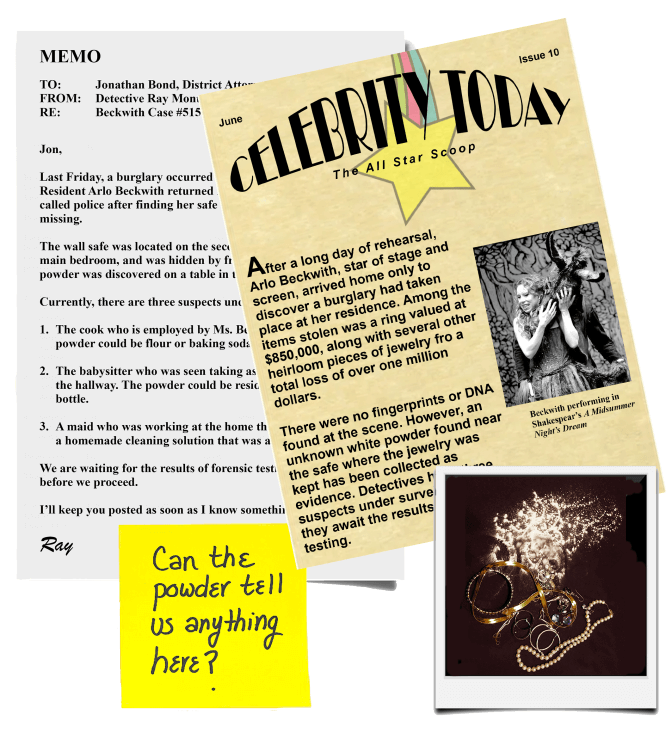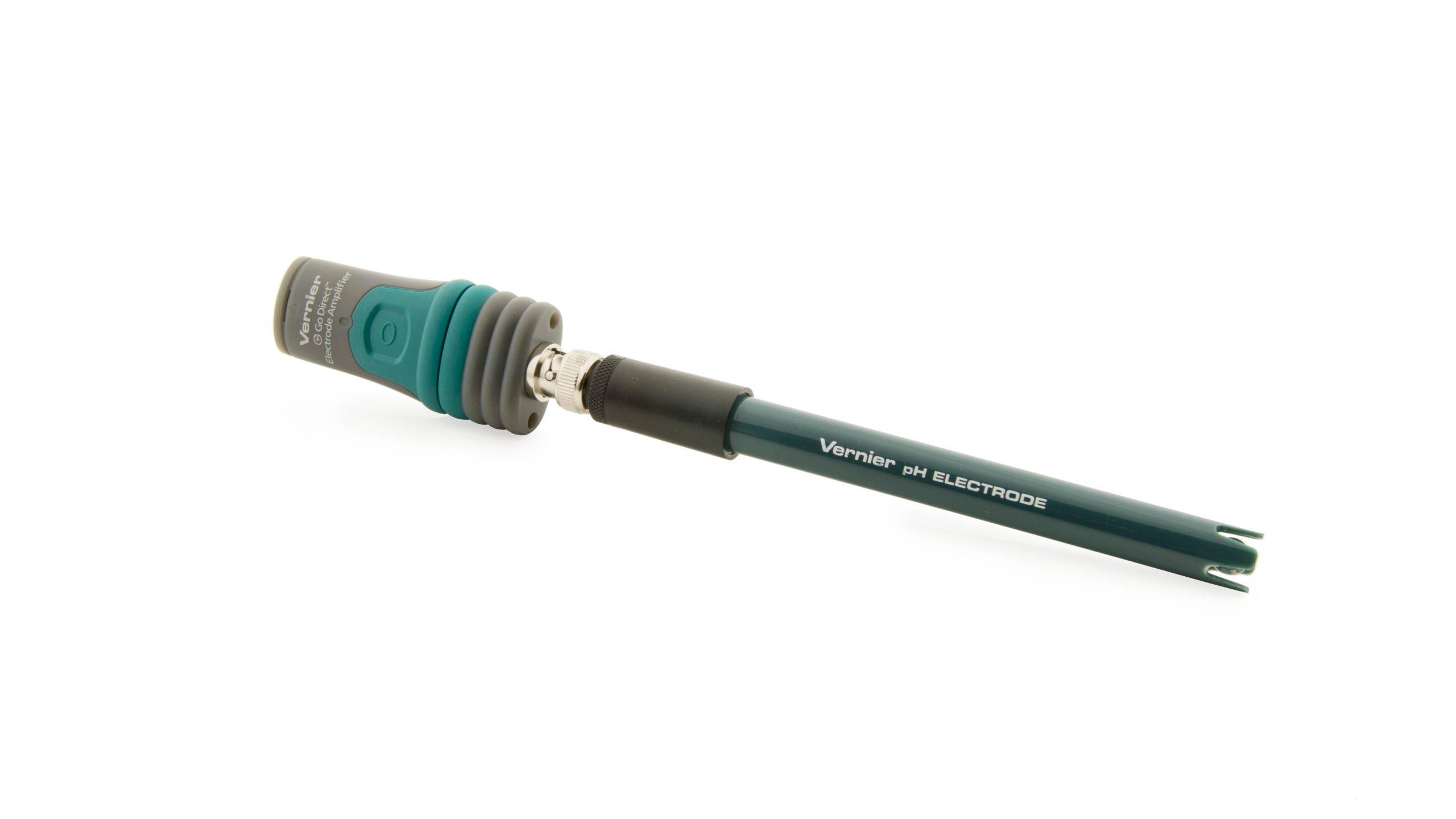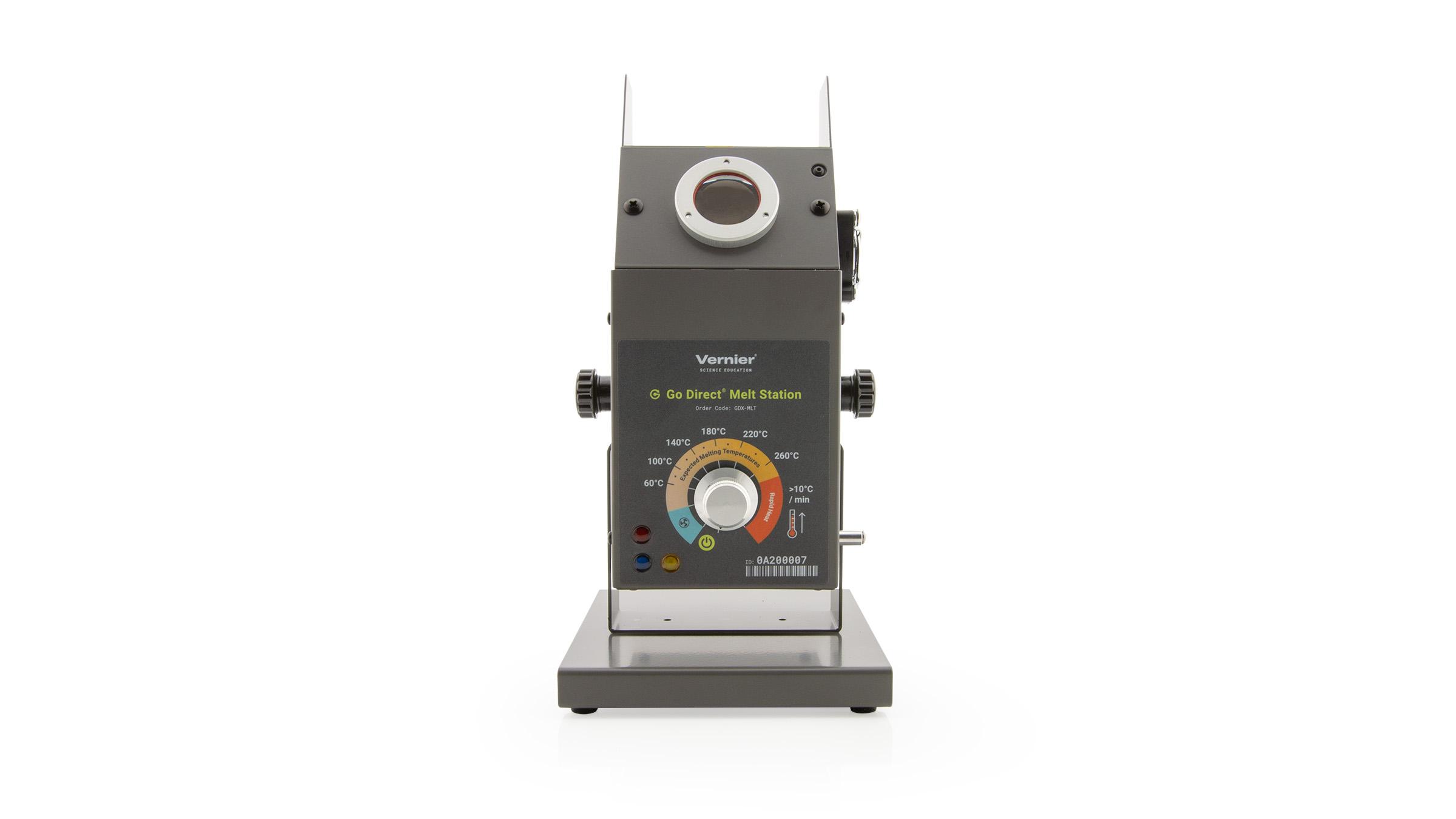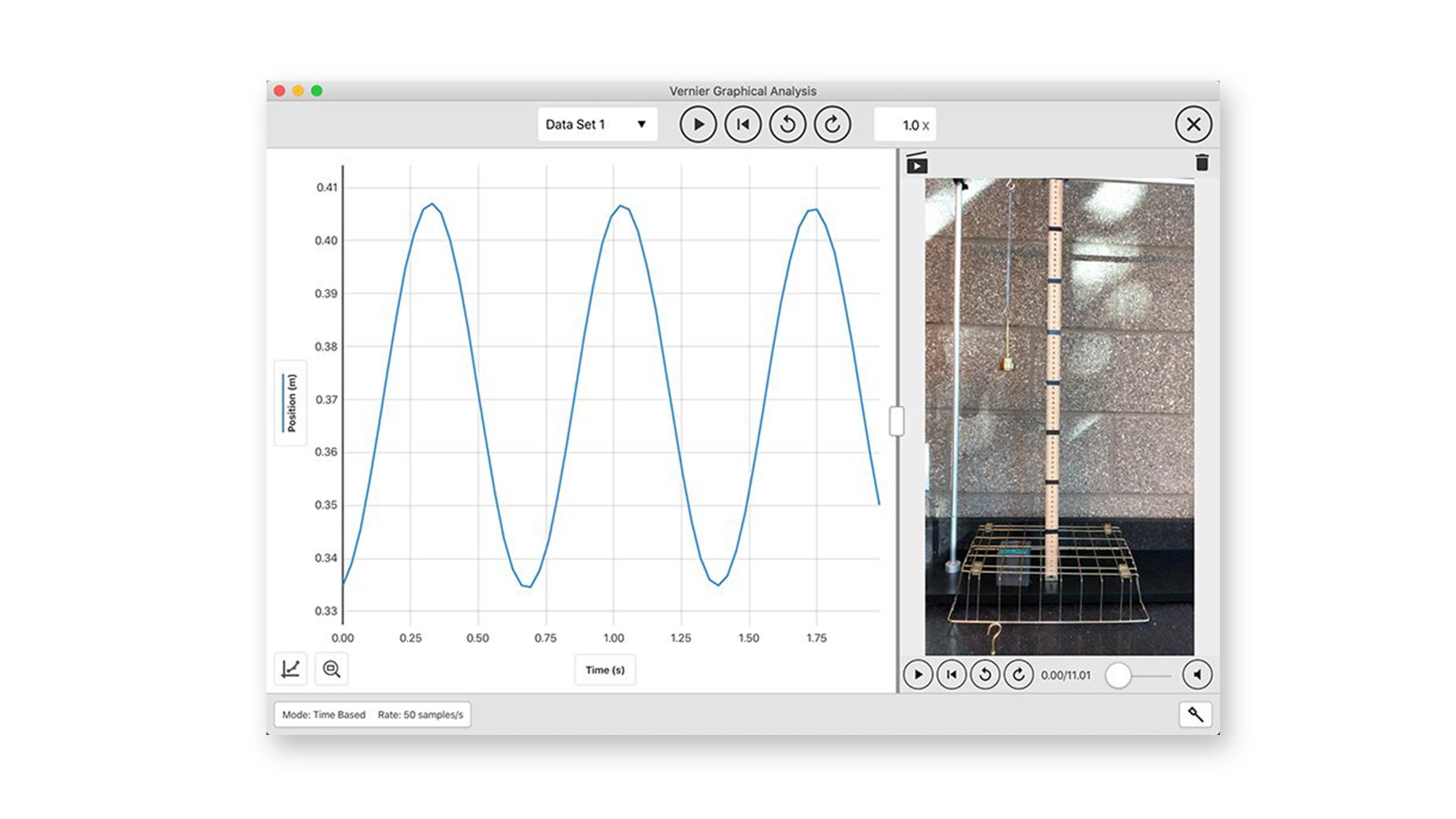
Introduction
A white powder is processed at a crime scene. Your job as a forensic chemist is to measure some physical and chemical properties of the powder and attempt to identify it. You will measure the pH, solubility in terms of conductivity, and melting point of the powder. You will also observe the reaction with hydrochloric acid. By comparing the properties of the crime scene powder to those of known substances you will report what you think is the identity of the powder.
Conductivity in solution is a physical property of compounds. Typically, compounds containing ionic bonds will dissociate into ions that will conduct electricity well in solution. Molecular compounds may dissolve in water, but since they primarily contain covalently bonded atoms, they will not dissociate into ions in solution.
In water, ionic compounds will dissociate into charged ions in solution.
Molecular compounds may dissolve in water, but will not dissociate into ions.
You will compare the conductivity of aqueous solutions of the known white powders in this experiment and compare that to the white powder recovered from the crime scene.
Another property you will measure is the pH of solutions of these powders. pH is a measure of the acidity of a water solution of a compound. Some compounds form acidic solutions and should have pH values lower than 7 while other compounds dissolved in water will measure a pH greater than 7. Neutral solutions will have pH values very close to 7.
The melting points are also characteristic of chemical compounds. In this experiment, you may notice that some compounds melt pretty easily and others do not. In some cases, the compound will decompose instead of melting.
One chemical property will be observed in this experiment; the reaction of these compounds with hydrochloric acid.
Compounds containing carbonate ions (CO32– and HCO3–) will react with hydrochloric acid in an obvious manner.
Objectives
- Analyze and interpret data to identify an unknown substance using patterns of physical and chemical properties (e.g., pH, solubility, melting point, reaction with hydrochloric acid) for known substances.
- Use mathematical representations (graphs) of temperature vs. time to determine the melting point of a substance.
- Communicate technical information about the process used to identify an unknown substance using patterns of physical and chemical properties.
- Explain how forensic science uses digital tools to address the needs of modern civilization.
Sensors and Equipment
This experiment features the following sensors and equipment. Additional equipment may be required.
Correlations
Teaching to an educational standard? This experiment supports the standards below.
- International Baccalaureate (IB) 2025/Chemistry
- Structure 2.2.1—A covalent bond is formed by the electrostatic attraction between a shared pair of electrons and the positively charged nuclei.
Ready to Experiment?
Ask an Expert
Get answers to your questions about how to teach this experiment with our support team.
- Call toll-free: 888-837-6437
- Chat with Us
- Email support@vernier.com
Purchase the Lab Book
This experiment is #14 of Forensic Chemistry Experiments. The experiment in the book includes student instructions as well as instructor information for set up, helpful hints, and sample graphs and data.





